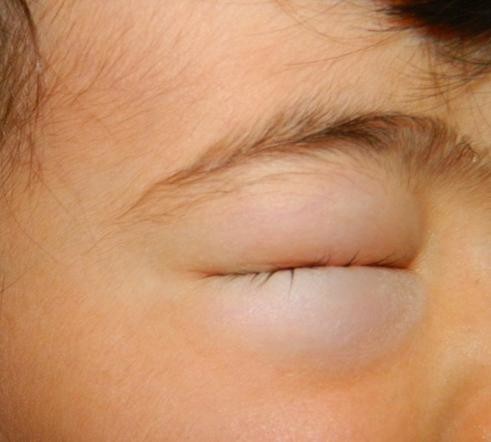

Pterygium occurs as a reaction by the eyes to being exposed to wind, dryness, dust and sunshine (solar radiation). It is painless (although it can cause irritation and dryness). PterygiumĪ pterygium is a raised, yellowish, wedge-shaped thickening on the white part of the eye, which can occasionally spread over the cornea, obstructing vision. See the separate leaflet called Episcleritis and Scleritis. Scleritis affects the sclera and, sometimes, the deeper tissues of the eye. Episcleritis causes redness with discomfort and irritation but without other significant symptoms. Both cause redness but scleritis is much more serious than episcleritis. Episcleritis and scleritisĮpiscleritis and scleritis are inflammatory conditions which affect the eye. See the separate leaflet called Subconjunctival Haemorrhage. Rarely, it can be associated with high blood pressure ( hypertension). It can look alarming but it usually causes no symptoms and is usually harmless. It is caused by a small bleed from one of the tiny blood vessels behind the conjunctiva. This is a common cause of painless red eye, which looks very alarming. See the separate leaflet called Sjögren's Syndrome.

#SWOLLEN EYEBALLS SKIN#
It can also affect other organs including lungs, kidneys, skin and the nervous system. Sjögren's syndrome is an autoimmune disease which most commonly causes dry eyes and mouth. See the separate leaflets called Allergic Conjunctivitis and Infective Conjunctivitis for more details. The patient has red itchy eyes, which may be sticky if the eyes are infected.

Conjunctivitis is inflammation or infection of the surface layer of the eye (the conjunctiva). Conjunctivitis does not normally affect the vision, other than to make things slightly blurry due to watering or discharge over the eyes.


 0 kommentar(er)
0 kommentar(er)
